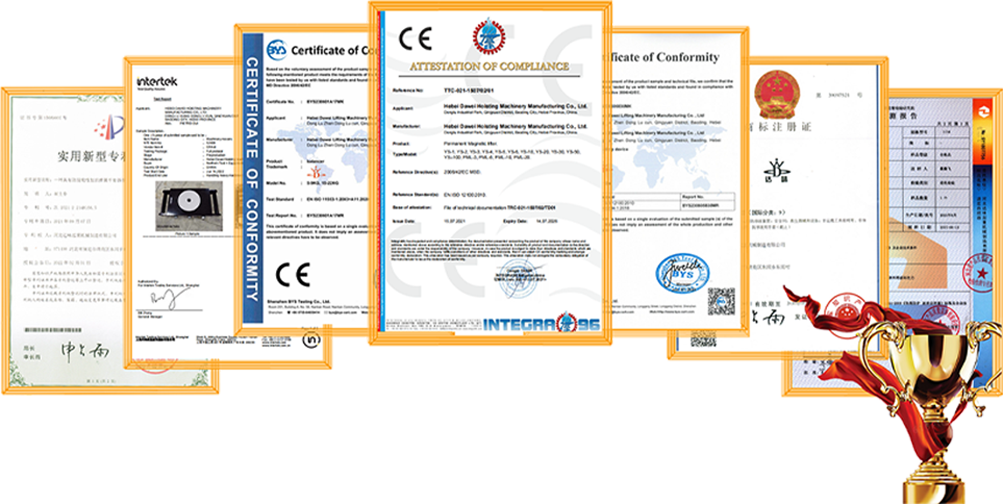Industrial Machinery Relocation Services for Efficient and Safe Transport Solutions
Industrial Equipment Relocation A Comprehensive Guide
Relocating industrial equipment is a significant undertaking that can greatly impact a company's productivity and overall operational efficiency. Whether a business is moving to a larger facility, downsizing, or simply reconfiguring its production line, careful planning and execution are essential to ensure a smooth transition. This article will explore the critical considerations and best practices for successfully relocating industrial equipment.
Understanding the Scope of Relocation
The first step in any relocation project is understanding the scope of the move. This involves identifying all the equipment that needs to be relocated and evaluating their current condition. A thorough inventory should be conducted, detailing each piece of equipment’s specifications, age, and functionality. It’s also important to assess whether some equipment should be upgraded or replaced instead of moved.
Once the inventory is complete, creating a detailed plan that outlines the relocation timeline, budget, and resources required is crucial. Consider any downtime the business can afford and how that downtime will be managed.
Safety and Compliance
Safety should always be a top priority when relocating industrial equipment. Heavy machinery and equipment often pose risks not just to the workers involved in the move but also to the surrounding environment. It is essential to comply with all relevant safety regulations and standards, which may include securing the right permits and ensuring equipment is decommissioned properly before relocation.
Workers involved in the relocation should be adequately trained and equipped with the necessary safety gear. Furthermore, conducting risk assessments can help identify potential hazards and allow for the implementation of appropriate safety measures.
Hiring Professionals
While some businesses may have the in-house capabilities to handle equipment relocation, engaging professional relocation specialists can often save time and reduce risks. These professionals bring expertise in handling different types of industrial equipment, ensuring that every piece is properly disassembled, transported, and reassembled at the new location.
Specialized movers can also provide insurance coverage that protects the company’s assets during the move. Additionally, experts in equipment relocation often have the necessary tools and vehicles to efficiently transport large machinery, which can significantly enhance the speed and safety of the move.
industrial equipment relocation

Logistics and Planning
The logistics of moving industrial equipment involve several steps, including disassembly, packing, transportation, and reassembly. Proper planning is vital at each stage. For instance, equipment should be disassembled in a systematic manner, with parts labeled and stored in an organized fashion to facilitate reassembly.
Creating a detailed moving schedule ensures that all parties are aware of their responsibilities and deadlines. This is particularly important for larger operations where multiple departments may be involved. Coordinating with vendors, suppliers, and employees will help minimize disruptions to the business.
Transportation Methods
Selecting the right transportation methods is essential for the successful relocation of industrial equipment. Depending on the size and weight of the equipment, different vehicles might be required. Flatbed trucks, lowboy trailers, or even cranes may be necessary for heavy or oversized items.
It’s also important to factor in the distance of the move and the route to be taken. Evaluating road conditions and any potential obstacles can help avoid delays and ensure that the transport process runs smoothly.
Reinstallation and Commissioning
Upon arriving at the new facility, proper reinstallation and commissioning of equipment are critical. This step involves carefully unpacking and reassembling the equipment while following manufacturer specifications and safety protocols. It’s advisable to have skilled technicians present during this phase to ensure that equipment is set up correctly.
After installation, conducting thorough testing is important to confirm that all systems are functioning properly. This quality check helps to identify any potential issues before production resumes.
Conclusion
Relocating industrial equipment may seem like a daunting task, but with careful planning and execution, it can be managed efficiently. Understanding the scope of the move, prioritizing safety, engaging professionals, and developing a detailed logistics plan are all crucial steps in the process. By following these best practices, companies can minimize downtime, ensure compliance, and ultimately enhance their operational efficiency in their new location.
-
Portable 2000 lb Gantry Crane | Heavy-Duty & AdjustableNewsAug.30,2025
-
Versatile Lifting Solutions with Gantry and Overhead CranesNewsAug.29,2025
-
The Versatile Mobile Gantry Crane SolutionNewsAug.29,2025
-
Reliable Movement with Heavy Machinery Skates and RollersNewsAug.29,2025
-
Reliable Lifting Performance with 2000 lb Gantry Crane and 2 Ton Overhead SystemsNewsAug.29,2025
-
Maximize Lifting Efficiency with PML Magnetic LiftersNewsAug.29,2025
-
Efficient Relocation Starts with Reliable Machinery MoversNewsAug.29,2025
